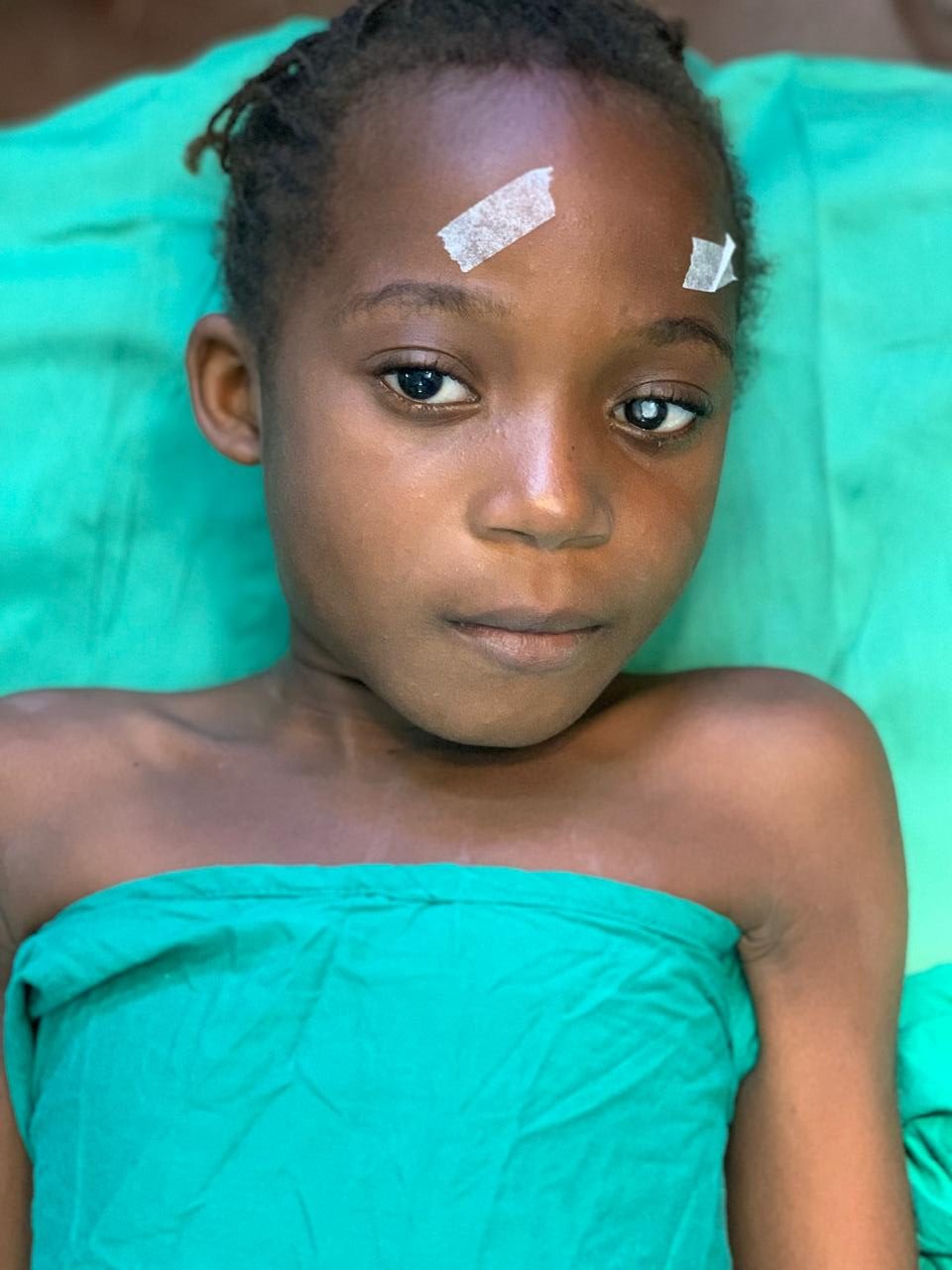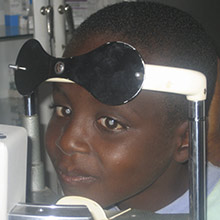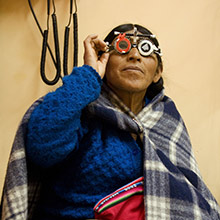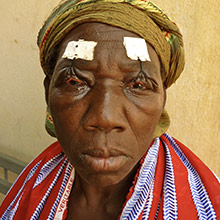The lens (crystalline) that we have behind the pupil it turns opaque and this is the cause of this pathology, main cause for blindness in the world. The WHO estimates that almost 18 million people are blind due to cataracts, and that the proportion of blindness caused by cataract among all the ocular illnesses varies from 5% in the developed world up to 50% or more in the poorest regions.
Cataracts manifest as blurry vision and eventual blindness. Even though the main risk factor is ageing, women from developing countries are more prone to develop it, regardless of their age; kids can be prone to develop cataract due to genetic factors.
The symptoms and appearance depend on the type of cataract, which can be subcapsular, nuclear or cortical, depending on the part of the crystalline affected. In any of these cases, the light becomes too bright, unlike colors, and the vision gets blurry.
The proteins that form the crystalline degrade and their ordering sequence is altered-which allows the light to go through it-and start forming mounds, blurring the affected area.
In developed countries this visual impairment is triggered by diabetes and smoking habits; however, in less developed countries other factors play their part.
The most common reasons to develop cataracts in the countries with the lowest Human Development Index(IDH) are malnutrition, sand and dust filled air in outdoor work settings, lack of protection to fight against sun exposure but above all, the absence of ophthalmologic health coverage.
Get to know Miurca’s story

Some patients travel long distances to reach us. One of our patients is Miurca Armando, a 14-year-old girl who arrived with her mother to Inhambane (Mozambique) because the doctor that had assisted her in Xai-Xai 300 km away recommended the transfer.
She had cataract surgery done 5 years ago, the scar tissue caused her total blindness (in both eyes).
At the end, she dropped school and her classmates rejected her because she had become blind.
When the ophthalmologist examined her, he diagnosed that probably she would remain blind from her right eye but that he could try to save the other one. He had to extract the lens of Miurca’s left eye and we provided her with very high prescription specs to correct her vision.
Miurca cannot be happier now that she is able to see again, even if only from one eye. She says she is very much looking forward going back to school.



